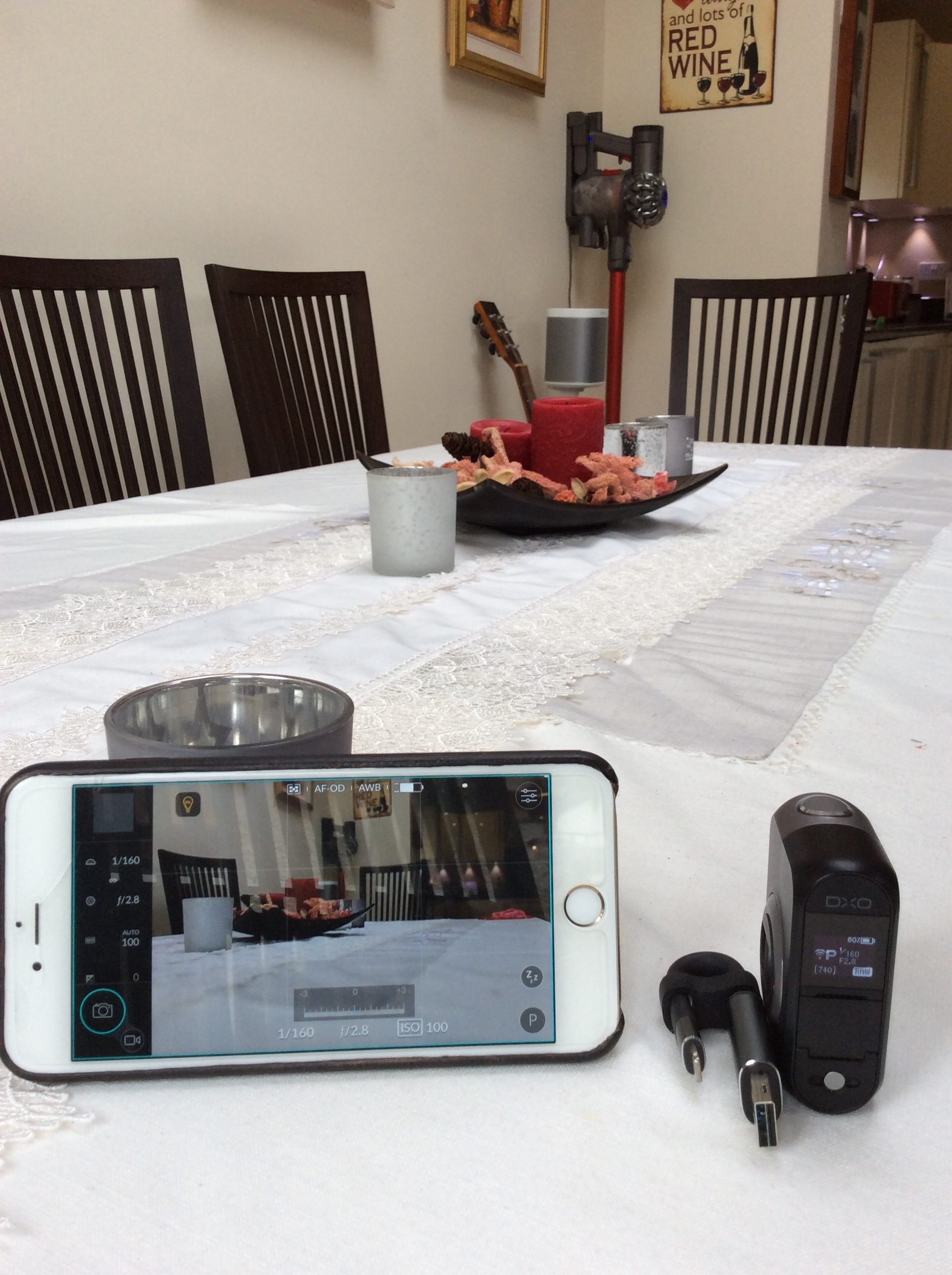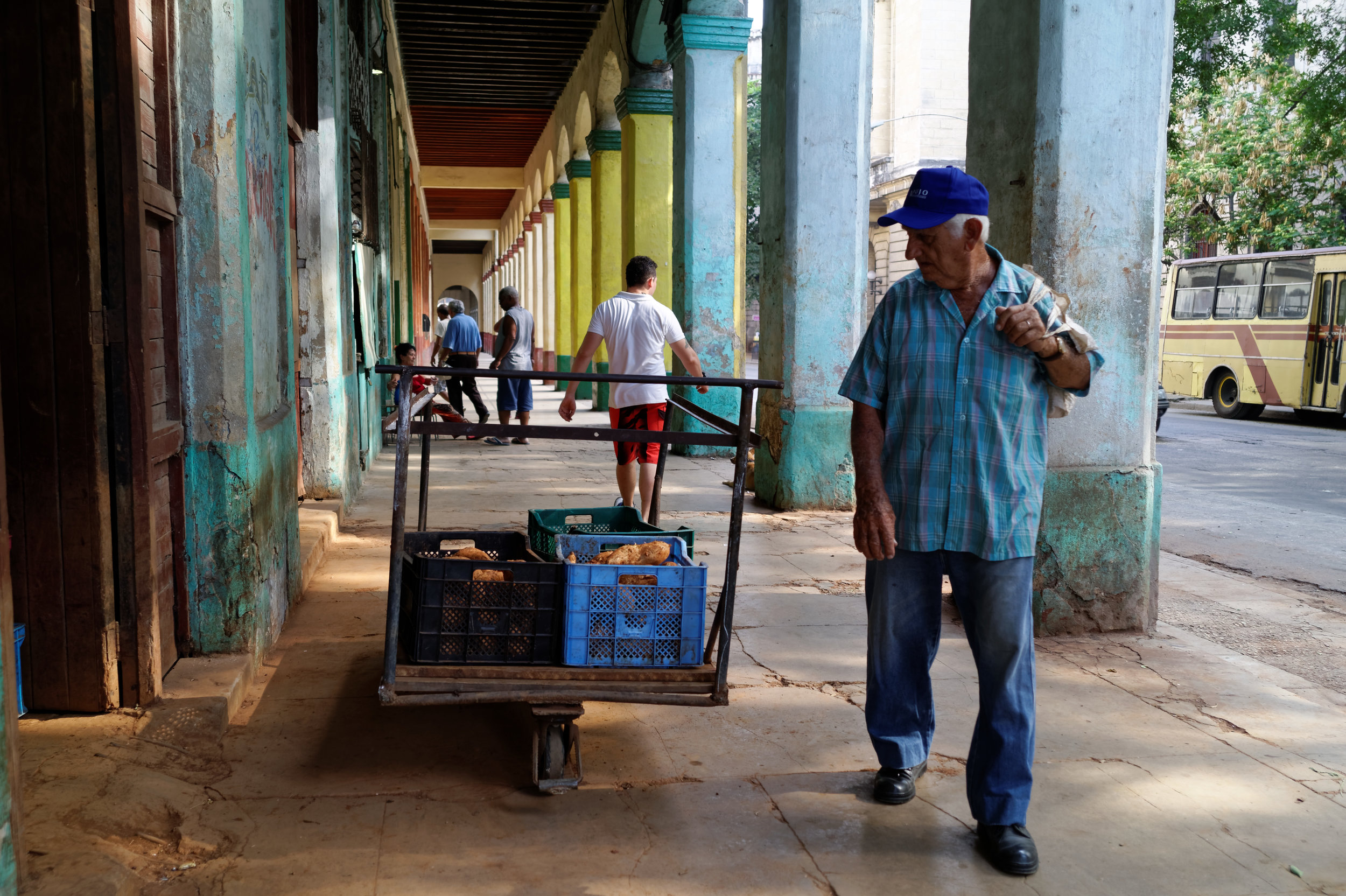This summer on my summer holidays I brought my all time favourite camera, the Fujifilm X-T2 and one lens, the XF18-55 standard kit lens, which is by no means standard as it's a great lens. However, I never took it out once in the two weeks I was there. I took all my photos with my DxO ONE camera.
DxO was created in 2003 and is best known for DxOMark, a trusted industry standard for camera and lens image quality measurements and ratings. It also produces DxO Analyser and other software. So they have a history in knowing what makes good cameras and lenses to make good images.
The DxO One is their first camera. It's compact and lightweight, with it's own battery and microSD port, a small OLED touchscreen but it also has a lightning connector that allows it to be connected directly to an iPhone which transforms into the DxO One's viewfinder and which gives the photographer complete control over the camera, just like a DSLR.
What I like is the portability of the system, the quality of the images, the fact it can be used with or without the iPhone, accessories are available for underwater or around water and sand, there are some cons but I'll cover them later. What I also like is that similar to Fujifilm they have a culture of continuous improvement. They improve the camera with upgrades through firmware updates with really gives you a new camera with extra functionality. They also improve the software for processing the files meaning the quality of the images improve.
You can get details of the camera
But some of the key specifications are:
1" sensor, the same sensor used in the popular and highly rate Sony RX100 III
Sensor BSI-CMOS
20.2 megapixels, Resolution: 5472 x 3648
f/1.8 max aperture
32mm focal length fixed (equivalent)
Max shutter speed 1/8000 sec
ISO AUTO, 100-12800
Photos taken in RAW, Super Raw & JPEG
Video MPEG4, 1080(30p), 720(120p)
Weight 108 grams
Dimensions (cm): H 6.75, W 2.5, D 4.8
Internal Micro SD with micro USB port for charging and file transfer to PC/MAC
Built in wireless
Specialist software to process the images to fullest potential
Raw images can be processed with Lightroom and Photoshop, with Lightroom having a plugin to the DxO software
2017-08-20 14.33.05
The camera can be used in 3 modes, the most common will be attached to an iPhone (or iPad) with a lightening connector and the DxO ONE app.
2017-08-21 12.04.22
In this mode the iPhone acts as the monitor for the camera and using touch the focus point can be set. There are full camera controls with: PSAM modes, Fully automatic, scene modes, exposure compensation, 3 focus modes, ISO and white balance. Photos can be taken in JPEG, RAW (DNG) or a special DxO Super RAW image quality. Super RAW has been specially designed for low-light or very high ISO situations. This method combines 4 success shots into a single RAW file. The images are taken automatically and within milliseconds of each other. The DxO software processes the images to reduce both spatial and temporal noise. The results are generally very good particularly when there is no movement of the camera or the subject. The images are recorded to the microSD card in the camera but the images including RAW flies can be transferred to the phone to be processed using applications like Snapseed or Lightroom Mobile.
The second mode is using the camera on its own without an attached iPhone. Initially it was a matter of estimating where the subject is and trying to keep the camera level. In this mode it is not possible to set the controls of the camera. There are three options which can be selected by sliding your finger across the small OLED screen on the back of the camera. You can select a fully automatic mode, the last used selection when the camera was attached to the iPhone and video mode. I have used it in this manner quite successfully. However, there was an upgrade in one of the firmware updates that allowed the small monitor on the back of the camera to provide what they call framing assistance.
2017-08-21 12.06.19
In the photo above you can see an outline of the my hand and the candles on the table on the back of the camera. It is a huge advantage allowing you to select the focus point (by half pressing the photo button) and then re-framing the image as required. I regularly use this feature as I normally use Program mode in my photography anyway, though occasionally, when required, I'll set the camera to speed priority.
The final mode is via Wi-Fi. The iPhone is used as the camera controller and monitor but is connected to the DxO ONE by Wi-Fi. This can be either an existing Wi-Fi network or a Direct Connection which is useful when out and about.
The camera comes with the DxO ONE connect software used to upload the images from the camera to the PC/MAC. It also optimises the images and it is required for the Super RAW images. They also sell a software suite that includes: DxO OpticsPro, DxO FilmPack and DxO ViewPoint, used to correct images and apply creative changes to your images. These can all be called from Lightroom as well similar to NIK integration.
I have some issues with the camera, the main one being the battery life. It is quite poor and you really need a power bank with you, but if you have a smart phone you probably need one of these anyway. DxO have released some updates and guidelines on how to get the best out of the battery. Other minor quibbles would be: slow start up time, a built in tripod mount (although they sell a separate stand for this), concern that the lightening connect might change in future iPhones, cost of the PhotoSuite.
Having said all the I find it a great camera and as I said at the start it was the only camera I used on my recent holiday and I find the quality to be excellent. I love the detail and the colour rendering of the images, even in low light and it's compactness is great I have a special camera zipped pouch that I can can keep all the time on my belt. I have printed images and found them to be excellent indeed one image from Cuba was exhibited at the Cervantes Institute in Dublin.
Here's a few more images taken on the DxO One in a number of different circumstances, and light conditions. I haven't done any processing on them. They have only gone through the standard optimisation process of the DxO Connect software, so not quite straight out of the camera. (10 images in total)
[ngg_images source="galleries" container_ids="92" display_type="photocrati-nextgen_basic_slideshow" gallery_width="1200" gallery_height="600" cycle_effect="fade" cycle_interval="5" show_thumbnail_link="1" thumbnail_link_text="[Show picture list]" order_by="sortorder" order_direction="ASC" returns="included" maximum_entity_count="500"]
I think this is an amazing little camera, which I have come to appreciate more over time. Ideal for travel or just having on you all the time.




